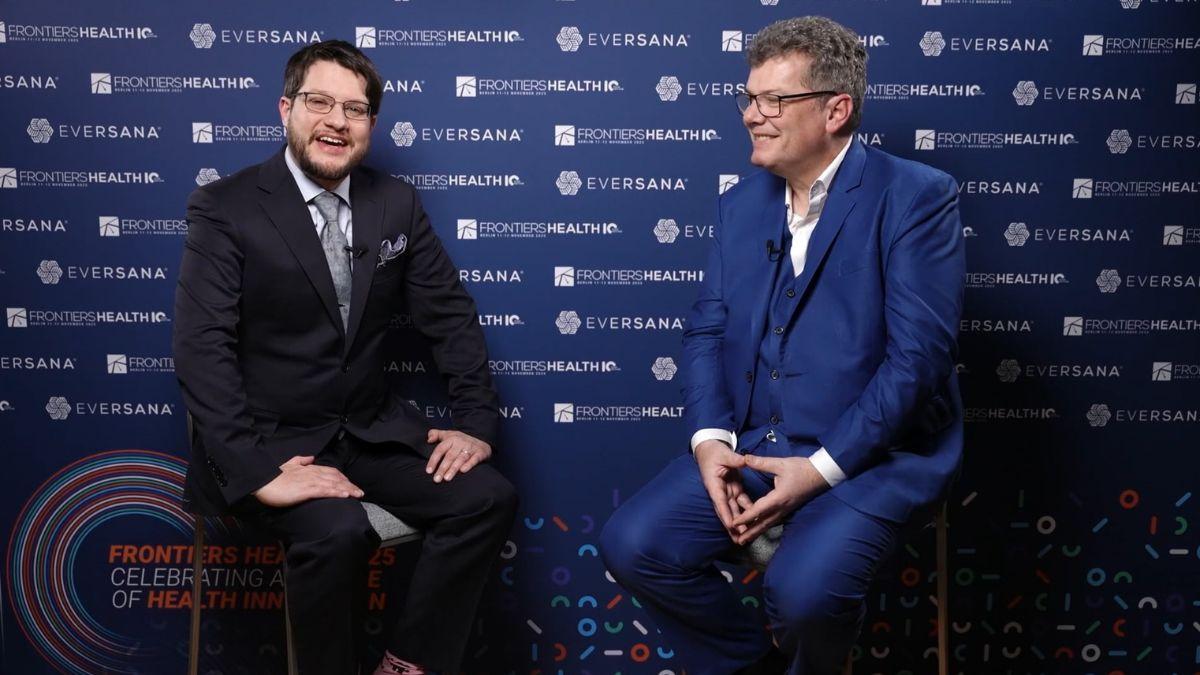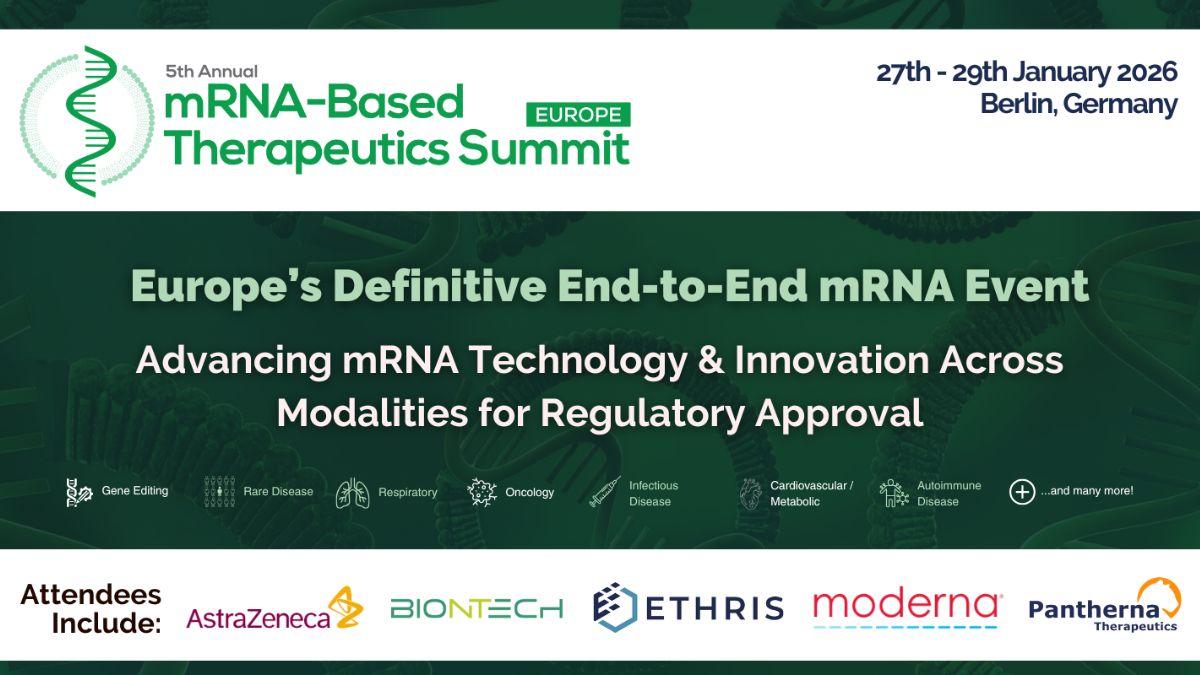Beam launches $500m financing on base-editing trial data

Armed with new proof-of-concept data showing that its in vivo base-editing therapy BEAM-302 can correct the gene mutation in alpha-1 antitrypsin deficiency (AATD), Beam Therapeutics is seeking to raise $500 million from investors to take the programme forward.
The Cambridge, Massachusetts biotech said this morning that a single dose of BEAM-302 given by an intravenous infusion was able to raise the total and functional levels of the AAT enzyme deficient in the disease and reduce the levels of the mutant, non-functional form.
Shares in the biotech on the Nasdaq were up around 15% after the news emerged, which Beam said is the first-ever clinical genetic correction of a disease-causing mutation with a single therapeutic administration, as well as an important milestone for its in vivo base-editing platform.
Beam is a pioneer of the base-editing approach to gene-editing, which can be used to convert one nucleotide base into another without cutting both strands of DNA, unlike other technologies like CRISPR/Cas9, and theoretically should be more accurate and have a reduced risk of off-target changes that could cause side effects.
AATD is an inherited disorder whose primary consequence is life-threatening pulmonary emphysema, resulting in irreversible destruction of the tissues supporting the function of the lungs. Some forms also cause serious damage to the liver.
BEAM-302 was administered at three doses in the phase 1/2 trial, with its impact on AAT levels rising in a dose-dependent manner. For the highest dose of 60mg, mutant forms of the enzyme were reduced by 78% after 28 days' follow-up while total levels of the enzyme almost tripled.
The drug targets the PiZ mutation, which, when present in both copies of the gene (known as the PiZZ genotype), reduces levels of functional AAT to very low levels and is associated with a high risk of liver toxicity. At the moment, patients with PiZZ AATD are treated with weekly intravenous infusions of alpha1-proteinase inhibitors, which can help address lung symptoms but have no impact on the liver damage that often leads patients to require a transplant.
Changes in total AAT were seen as early as seven days after dosing and have been maintained for the duration of follow-up – at least six months in some patients – reinforcing the potential of BEAM-302 as a potential one-shot therapy for the disease.
"This landmark result in medicine represents the first clinical evidence of precise correction of a disease-causing mutation by rewriting the genetic cod," said Beam's chief executive John Evans.
"With a simple intravenous infusion, promising safety profile, sustainable increase of total AAT above the therapeutic threshold, and rapid reduction in toxic mutant [AAT], we believe BEAM-302 has the potential to be a transformative therapy that could treat the entire spectrum of disease manifestations in severely deficient AATD patients," he added.
The company said it is continuing the dose-escalation portion of Part A of the study, with a fourth dose cohort now in the frame, and expects to present additional data in the second half of 2025. Meanwhile, it plans to start dosing patients with milder forms of AATD in Part B of the study before the end of the year.
The new $500 million offering is expected to close in the next 48 hours and will be used for a pivotal trial of BEAM-302 as well as filing and pre-commercial activities for BEAM-101, its ex vivo base-editing therapy for sickle cell disease.
Last October, Wave Life Sciences also claimed a first in AATD with RNA-editing drug WVE-006 given in a single subcutaneous dose, although that treatment – partnered with GSK – would require repeat dosing.












